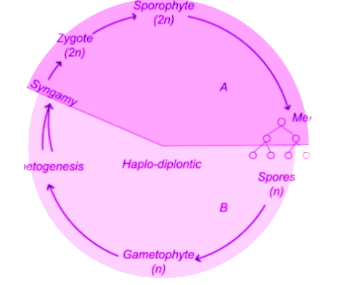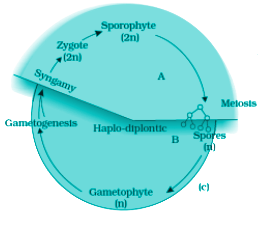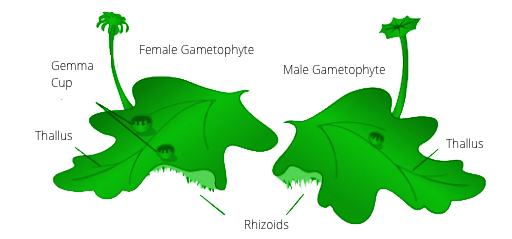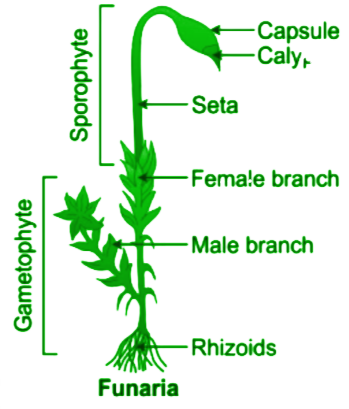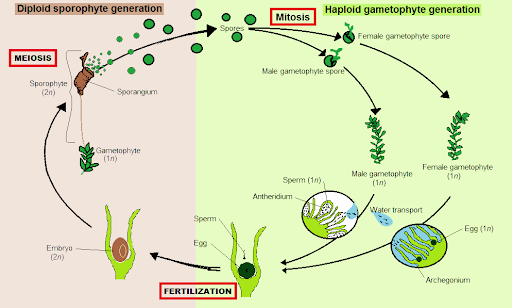NCERT Exemplar for Class 11 Biology - Plant Kingdom - Free PDF Download
FAQs on NCERT Exemplar for Class 11 Biology Chapter-3 (Book Solutions)
1. Is chapter 3 from the NCERT class 11 Biology important?
The plant kingdom is the third chapter in the NCERT class 11 biology book. It deals with the classification of the plant kingdom. You learn about key terms like gymnosperms, angiosperms and many more things that help plants in living. Expert biological faculties of Vedantu consider chapter 3 an important chapter that will help you achieve good marks. You can download the solution of the plant kingdom question written by top teachers from our study material section. Register today for our online coaching class, where you interact one to one with teachers to clear your doubts.
2. How to find helpful resources for class 11 biology?
On the internet, you can find everything about the biology of class 11, but that takes a lot of effort. Here on Vedantu, you can find all those resources under one section. Class 11 biology is a little hard to understand and takes some effort. You can download resources like exemplar solutions, previous years papers solutions, important topics notes. This study material is completely free and available for all. All you as a student need to do is sign up with your email id, and then you can get a PDF of the desired material.
3. Is it necessary to solve all the questions from the class 11 biology exam?
Yes, it requires some effort to solve exemplar questions. After a lot of research, NCERT added these questions. These questions clear the concepts to a great extent and help you perform well in the exam. Class 11 NCERT biology exam consists of a good bunch of questions, and sometimes examiners ask directly from it. There are always chances of questions coming from them. It increases your capabilities and adds value to your answer.
4. How to revise the class 11 plant kingdom chapter?
The plant kingdom is the third chapter from the NCERT textbook of biology class 11. It covers six topics to describe and classify the plants. Revision helps you hold the grip on a specific topic. Expert teachers suggest it’s better to solve previous year papers and NCERT exemplar questions to revise chapters more clearly. Vedantu provides solutions and different resources compiled by the top faculties. Solved questions help you match your answer and assess your preparation. Sign in today at our online tuition class for more.
5. What will students learn from the NCERT exemplar class 11 Biology Chapter 3, the Plant Kingdom?
The chapter includes a classification of plants. The NCERT exemplar propels you forward and increases your knowledge. Plant kingdom includes algae, bryophytes, pteridophytes, gymnosperms and angiosperms. Algae are chlorophyll-bearing simple, thalloid, autotrophic and largely aquatic organisms. Bryophytes are plants that can live in soil but are dependent on water for sexual reproduction. In pteridophytes, the main plant is a sporophyte. The sporophyte divides itself into true roots, stems and leaves. In angiosperms, the male sex organs (stamen) and female sex organs (pistil) are present in the flower.
The ovary wall that does not enclose the ovules is called gymnosperms. After fertilisation, the seeds remain exposed, and therefore these plants are called naked-seeded plants.























